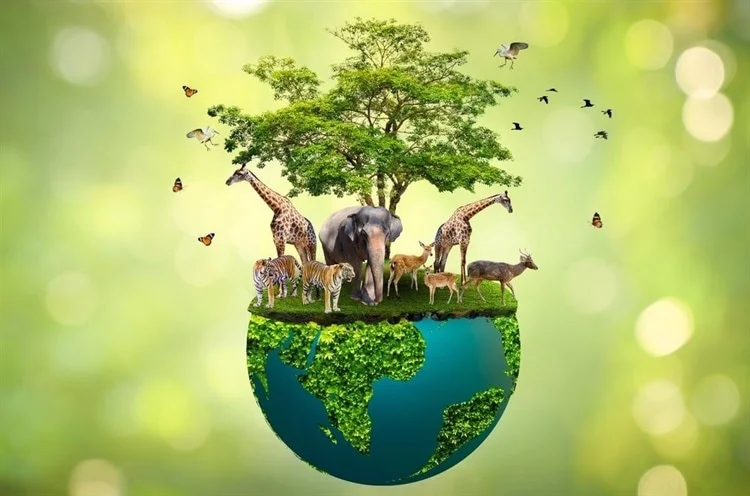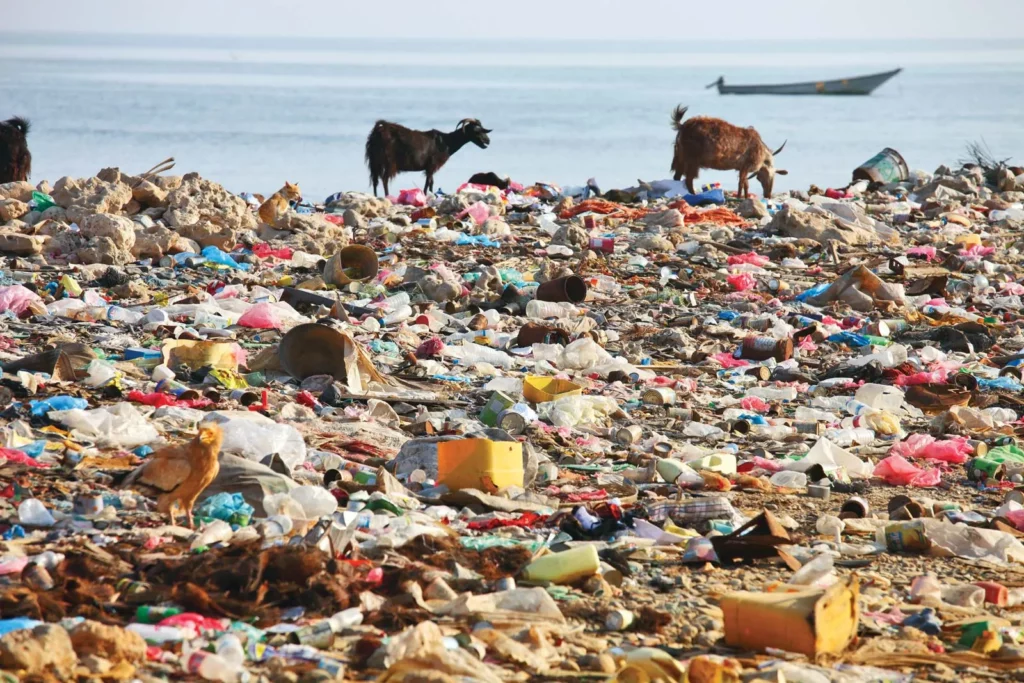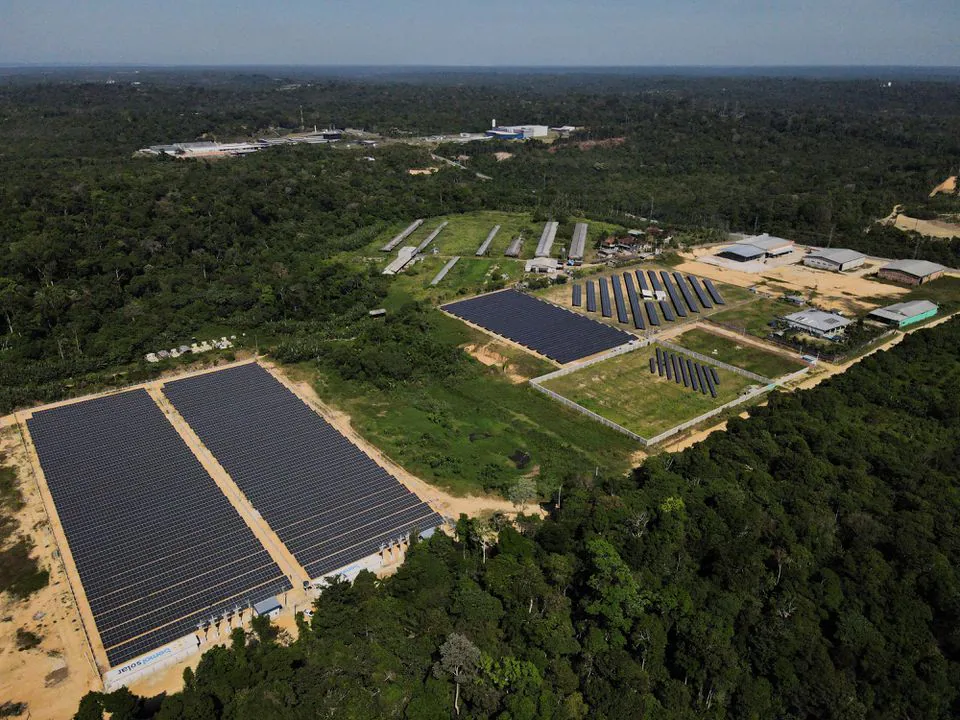Why is Wildlife Conservation Crucial to a Sustainable Future?

The natural assets of the Earth include plants, animals, water, land, the atmosphere, and humans. In the last four decades, the world has lost an overwhelming number of species due to human misconduct, such as deforestation, overpopulation, climate change, animal exploitation, and consumer culture.
Experts have stated that the world is losing species in the range of 1,000 to 10,000 times higher than the natural extinction rate. It is important to maintain biodiversity because the health of the planet depends on it. Wildlife conservation involves protecting endangered plant and animal species and this is critical for a sustainable future.
What is Wildlife Conservation?
The continual rapid growth of the world population implies that natural resources would be consumed faster. This growth displaces particularly animals and plants for land development or agriculture. Scientists have indicated that sustainable use of wildlife will provide long-term stability to the global population.
Wildlife conservation is a practice of safeguarding animals and plants species and their habitat from extinction. As a part of the ecosystem, wildlife provides stability to natural processes. Besides protecting wildlife and plant species, another objective of wildlife conservation is educating people to live sustainably with other species.
Many national and international organizations, such as Conservation International, the Wildlife Conservation Society, World Wildlife Fund, and the United Nations, have been supporting global wildlife and habitat conservation. They collaborate with governments to develop national parks and wildlife refuges. These organizations promote biodiversity to support the human population while protecting the existing species.



